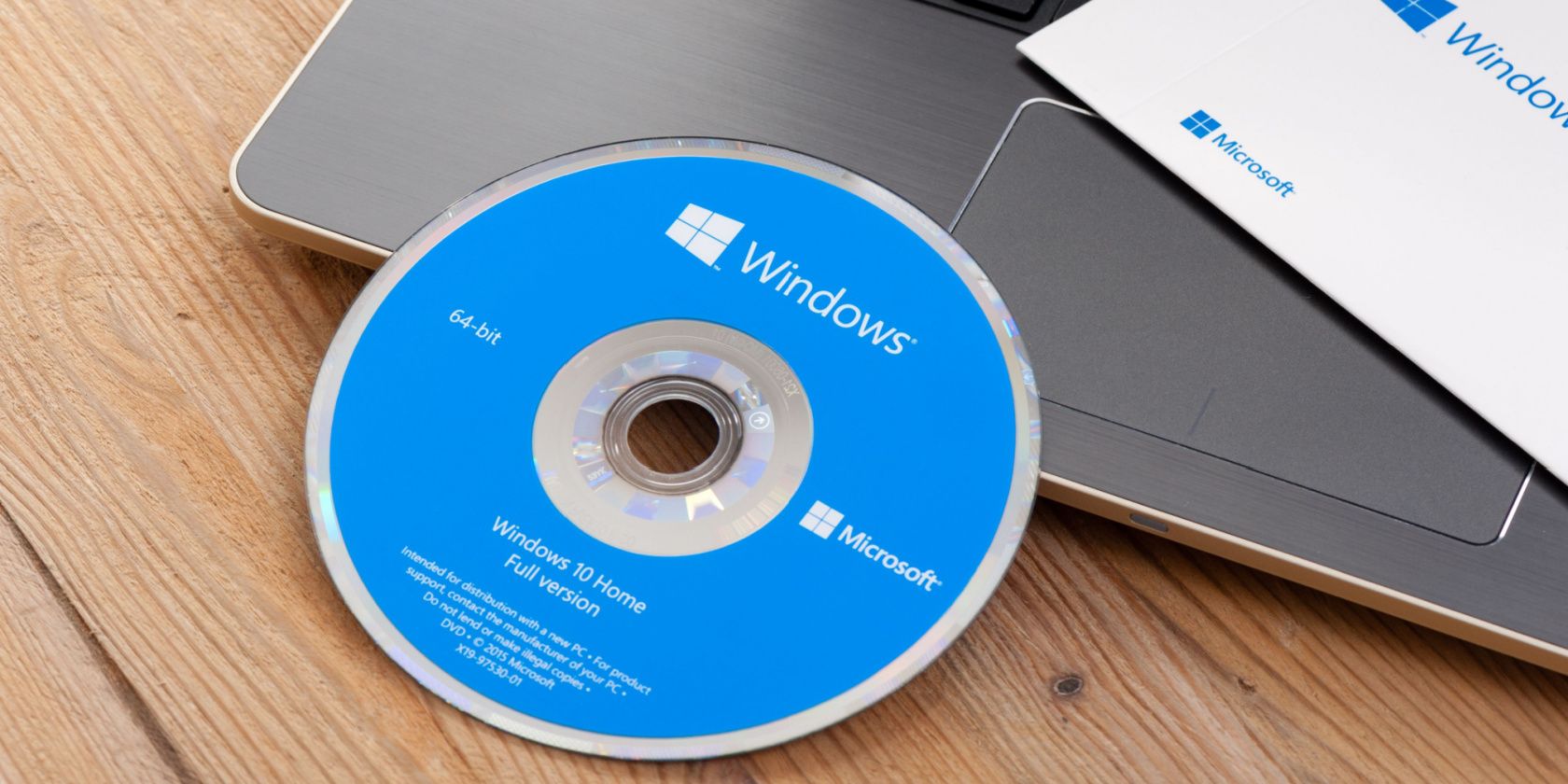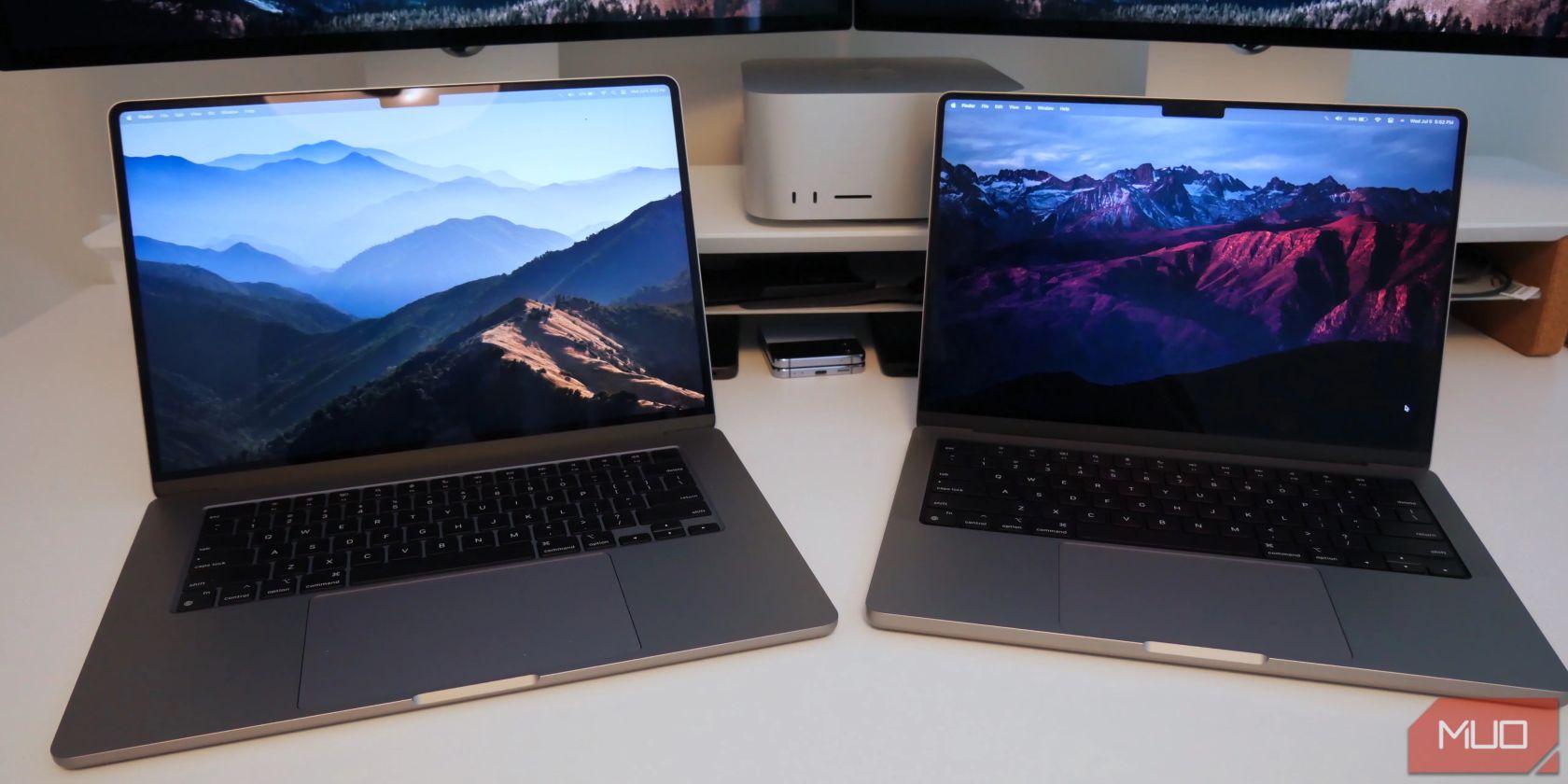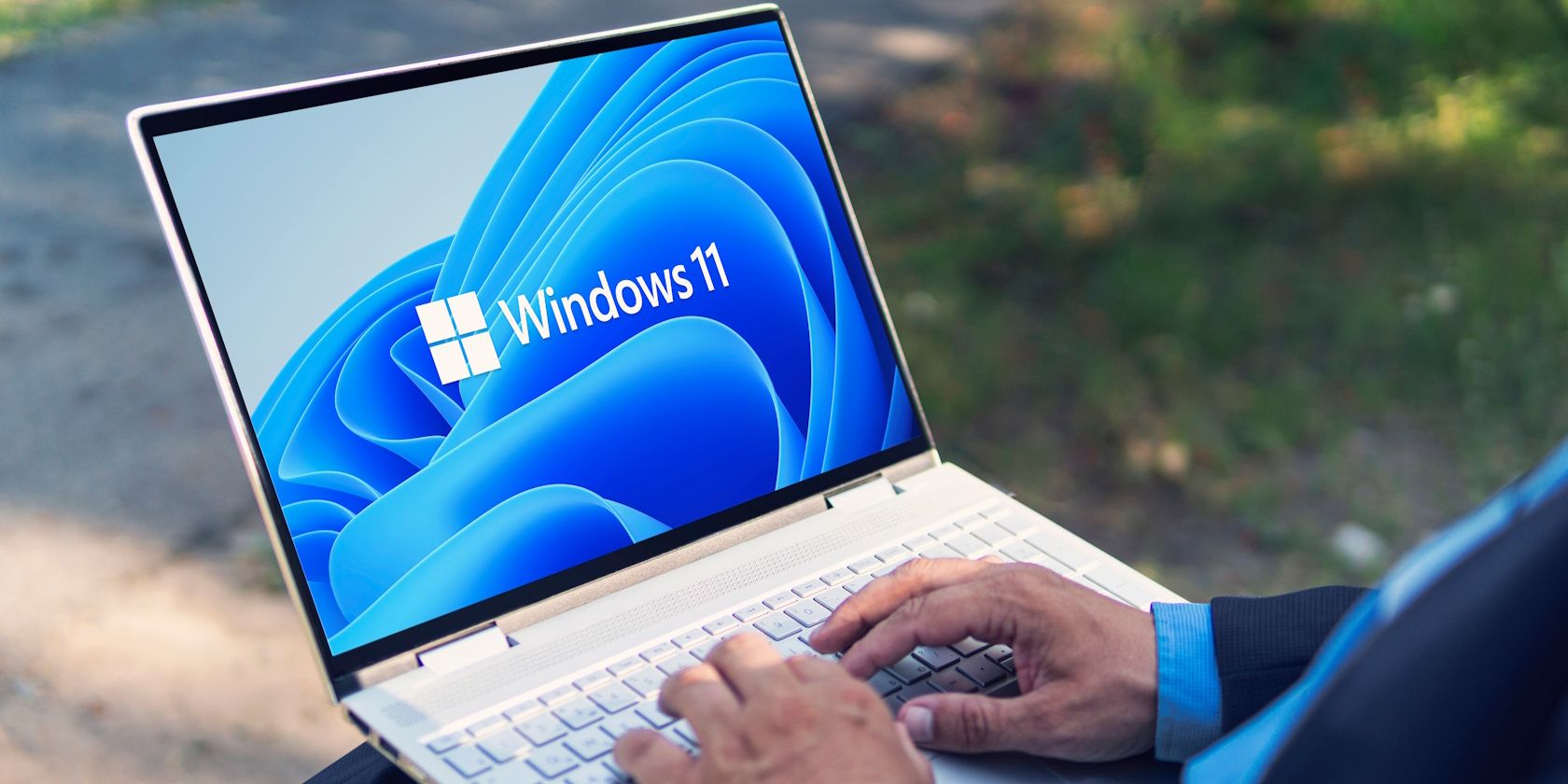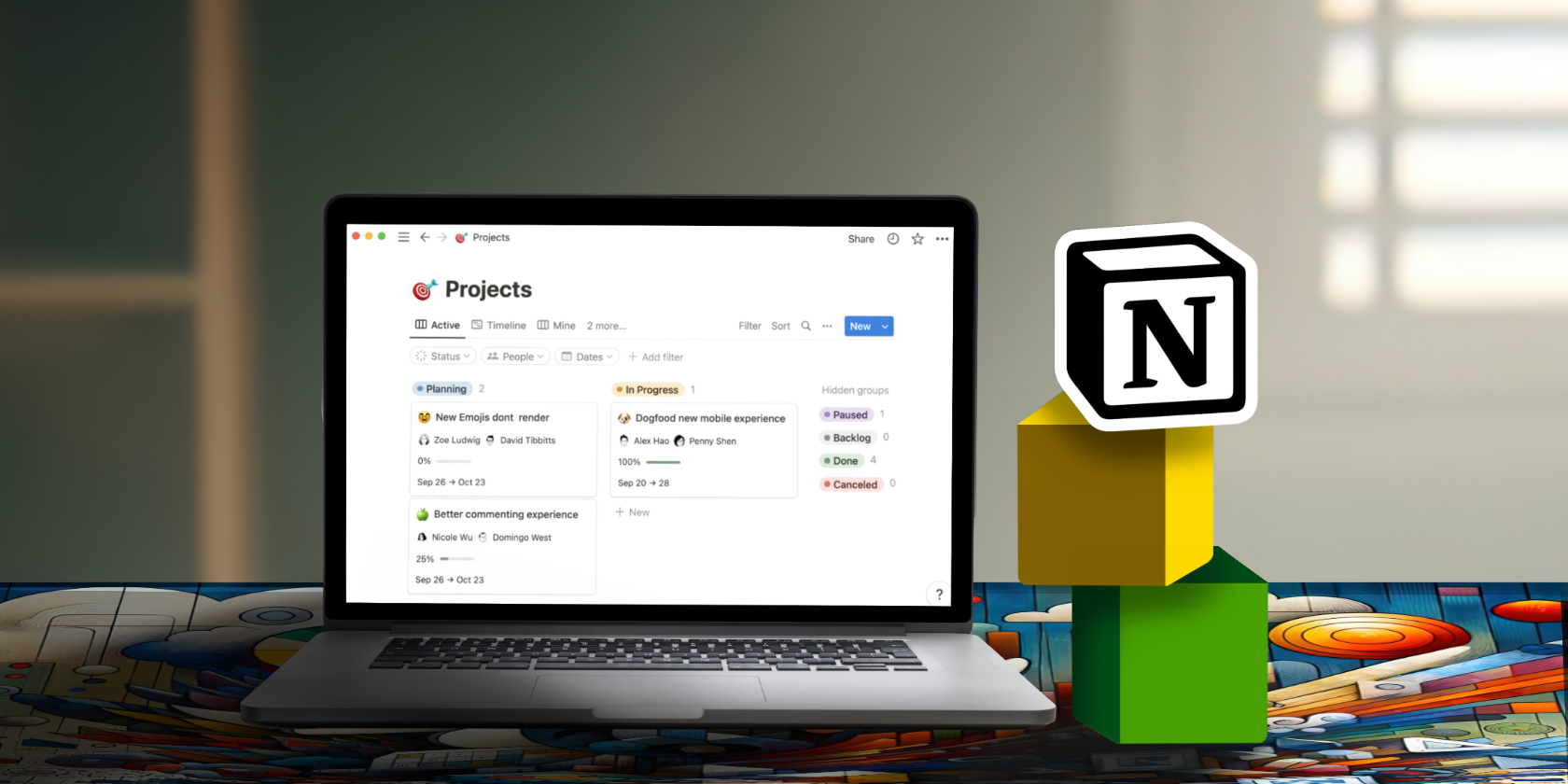construction of pcb circuit board assembly
Understanding the construction of PCB (Printed Circuit Board) circuit board assembly is essential for grasping the intricate process behind the creation of electronic devices. PCBs serve as the foundation for connecting and supporting electronic components, enabling the functionality of a wide range of devices, from smartphones and computers to medical equipment and automotive systems. Exploring the construction of PCB circuit board assembly unveils the complexity and precision involved in manufacturing these critical components of modern technology.
At its core, a PCB consists of a non-conductive substrate, typically made of fiberglass-reinforced epoxy resin known as FR-4, which provides mechanical support and insulation. The substrate is coated with a thin layer of copper on one or both sides, forming conductive pathways called traces. These traces serve as the electrical connections between components, allowing signals and power to flow through the PCB.
The construction of a PCB begins with the design phase, where engineers use specialized software to create a schematic diagram of the circuit layout. This schematic serves as a blueprint for the placement and routing of components on the PCB. Once the schematic design is finalized, it is translated into a physical layout using computer-aided design (CAD) software, specifying the exact placement of components and traces on the PCB.

Can you explain the construction of pcb circuit board assembly?
The next step in the construction process involves manufacturing the pcb circuit board assembly. This typically begins with a blank FR-4 sheet, which undergoes a series of processes to create the desired circuit pattern. A layer of copper is laminated onto the substrate using heat and pressure, followed by a process called photolithography, where a photoresist material is applied to the copper layer. A photographic mask, representing the circuit pattern, is then used to selectively expose the photoresist to ultraviolet (UV) light, hardening it in areas where traces are to be etched.
After exposure, the PCB is immersed in an etching solution, such as ferric chloride or ammonium persulfate, which dissolves the unprotected copper, leaving behind the desired circuit pattern. The remaining photoresist is then stripped away, revealing the copper traces on the substrate. This process may be repeated for PCBs with multiple layers, where additional copper and substrate layers are laminated together and etched to create complex circuits.
Once the circuit pattern is formed, the PCB undergoes drilling, where holes are drilled at specified locations to accommodate component leads and mounting hardware. These holes are plated with copper to provide electrical connectivity between layers and components. Surface-mount technology (SMT) components, which have solder pads on their surfaces, are then placed onto the PCB using automated pick-and-place machines. Through-hole components, which have wire leads that pass through the PCB, are inserted into the drilled holes manually or using automated insertion equipment.
After component placement, the PCB undergoes soldering to permanently attach the components to the board. This can be done using wave soldering, where the entire PCB is passed over a wave of molten solder, or reflow soldering, where solder paste is applied to the component pads, and the PCB is heated to melt the solder and create a strong bond. Once soldered, the PCB may undergo additional testing and inspection to ensure the integrity and functionality of the assembled components.
In conclusion, the construction of PCB circuit board assembly involves a series of intricate processes, from designing the circuit layout to manufacturing the substrate, placing components, and soldering them onto the board. Each step requires precision, attention to detail, and advanced manufacturing techniques to produce high-quality PCBs that meet the demanding requirements of modern electronics. Understanding the construction of PCB circuit board assembly provides insight into the complexity and sophistication behind the technology that powers our daily lives.




